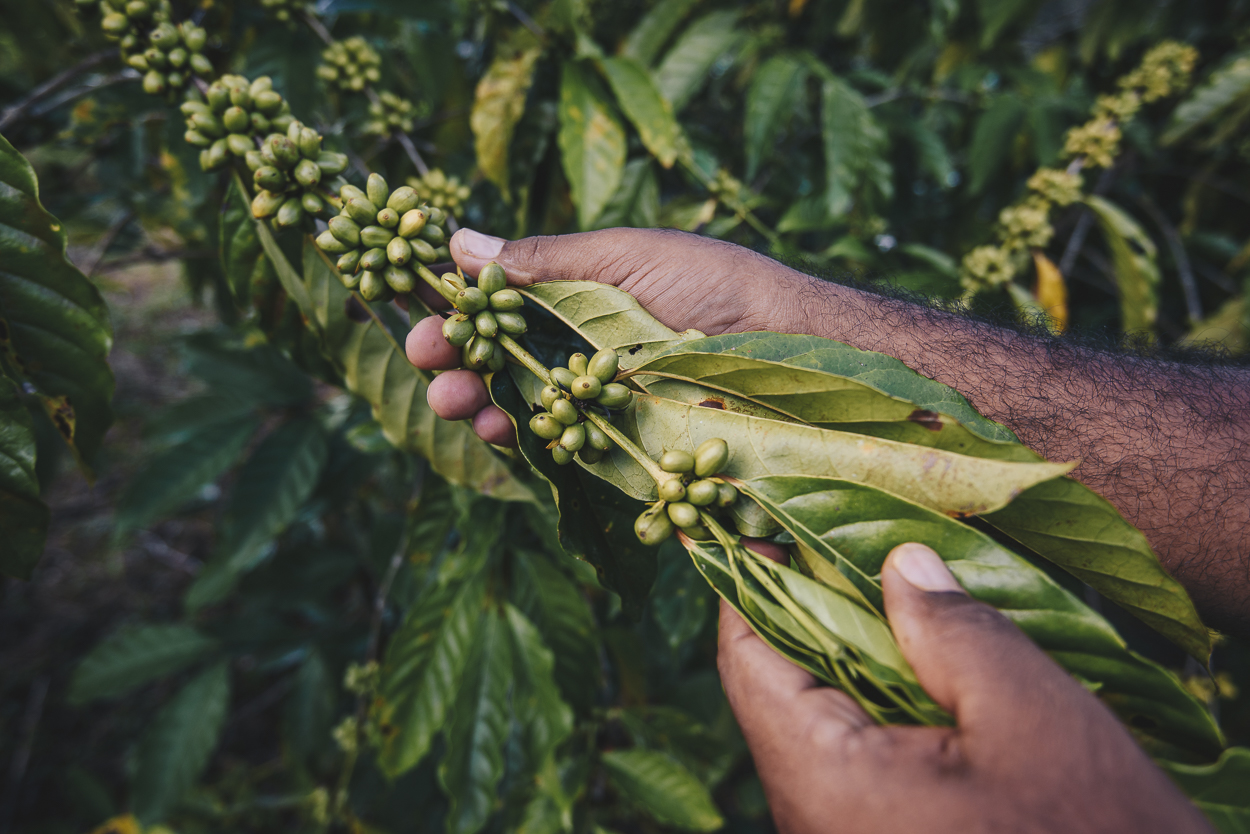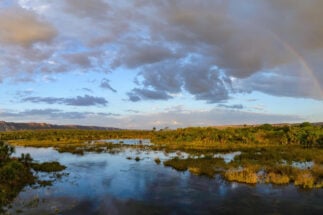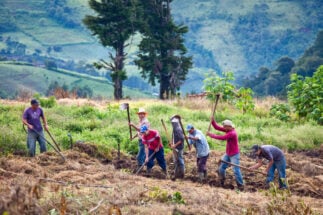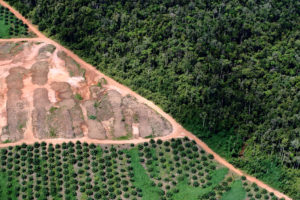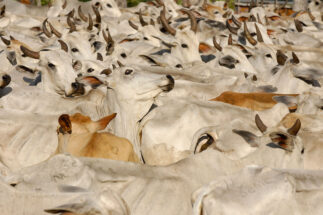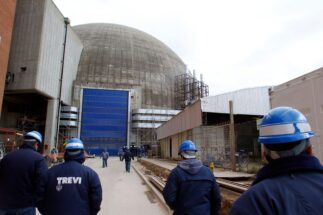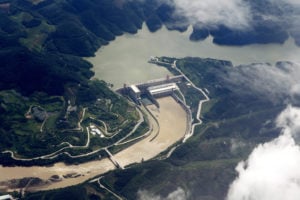The first inhabitants of the municipality of Apuí, in the south of the Brazilian state of Amazonas, arrived in the region in the 1970s. They were families from the South and Southeast of the country, who migrated to occupy land and work as farmers.
They tried to plant coffee, as they had in their home states, but the grain didn’t adapt well to the Amazon biome. Low productivity and the lack of resources to invest in other solutions forced producers to turn to other activities, such as extensive cattle raising. This involved slashing the native forest to create pasture.
316
The number of PES initiatives in Brazil in 2019
Apuí has suffered intense deforestation in recent decades. In an attempt to control the situation, in 2012 the Institute for Conservation and Sustainable Development of the Amazon (Idesam) developed a project to produce coffee in an agroforestry system. The practice has a low environmental impact because it combines the planting of grain crops with native species, simulating the functioning of a forest.
Farmers who avoid deforesting their properties receive compensation known as a Payment for Environmental Service (PES). This scheme, which emerged in the 1990s, provides rewards — either financial or in terms of other services — to producers, communities and landowners who conserve native vegetation. In Apuí, coffee growers receive free technical advice to maintain the agroforestry model.
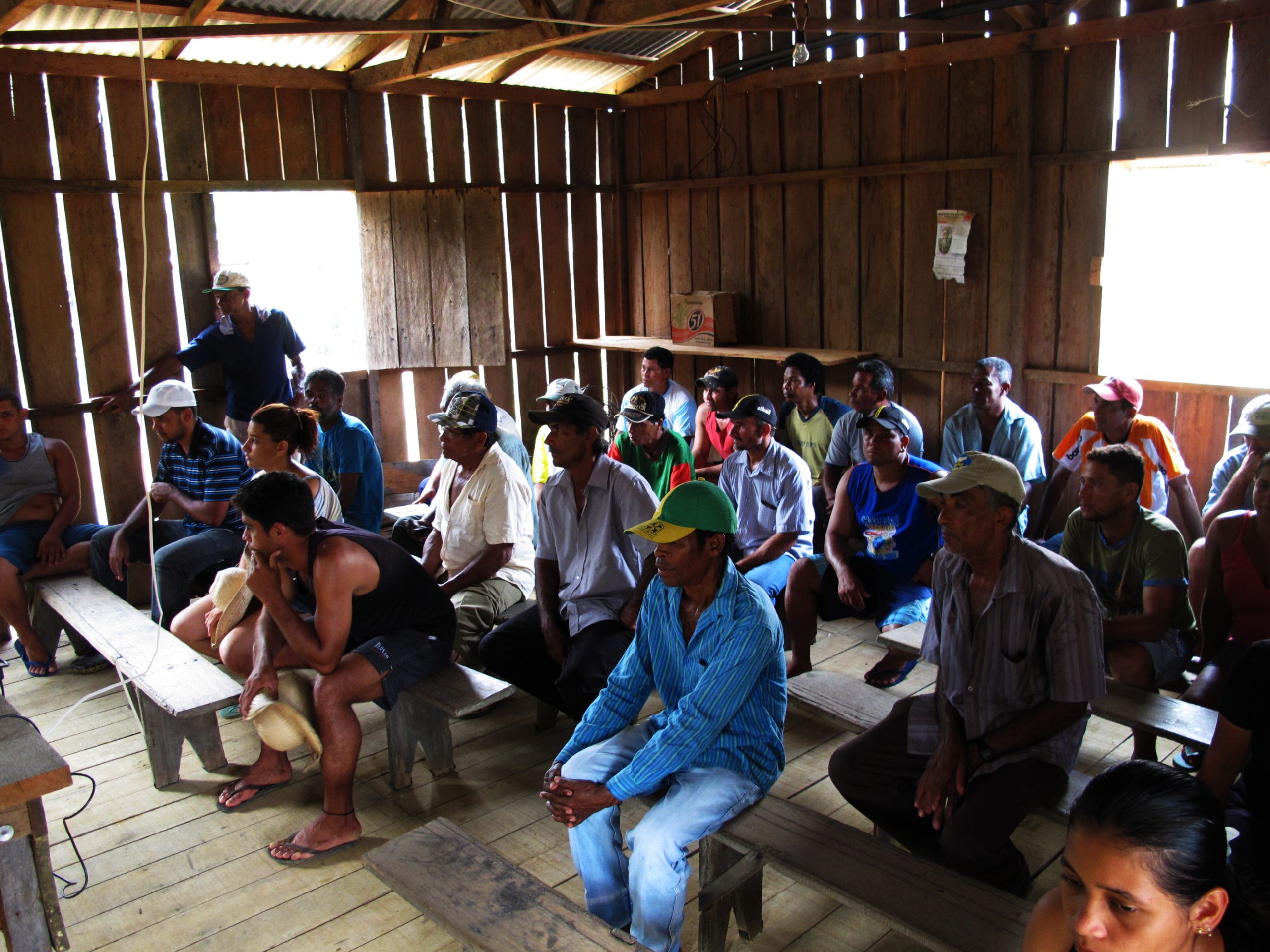
The benefits of the scheme are clear. In eight years, the 34 participant families have seen a 166% increase in productivity and a 300% increase in family income. At the same time, 52 hectares of degraded land – equivalent to 63 football pitches – have been recovered.
“Because it is organic and comes from an agroforestry system, the producer can sell the coffee for above average value,” says Victoria Bastos, coordinator of the Climate Change Programme at Idesam.
Interest in financial instruments such as payments for ecosystem services (PES) has piqued as countries seek solutions to meet internationally agreed CO2 emissions reduction targets. The need for efficient means to rein in environmental devastation is a top priority for upcoming UN conferences on biodiversity (COP15), the first part of which is planned for October in Kunming, and the COP26 climate summit, in Glasgow in November.
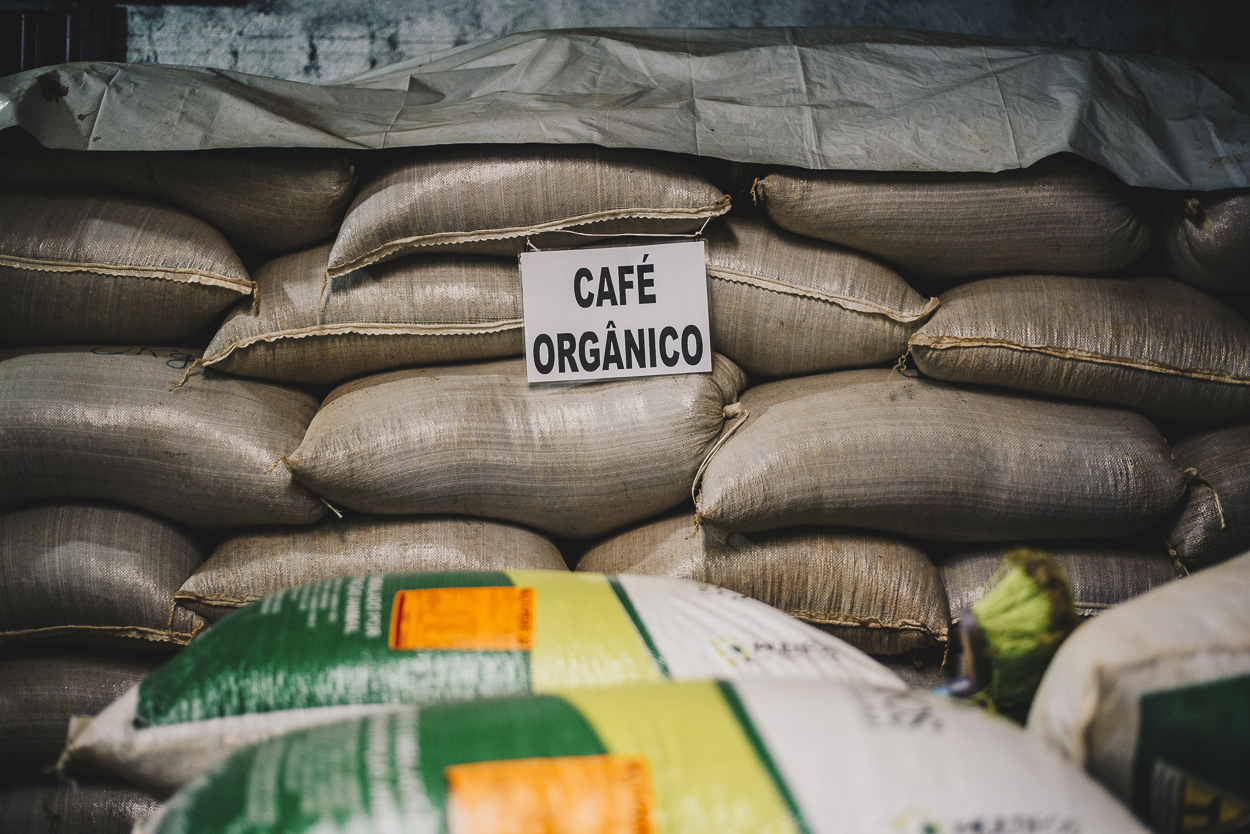
In the last decade, Brazil has made ambitious conservation commitments. For example, it has promised to restore 12 million hectares of degraded native vegetation by 2030 and to reach zero illegal deforestation in the Amazon that same year. However, the country is backsliding dangerously, with deforestation increasing in the biome since 2019, when Jair Bolsonaro took office.
The PSA has emerged as an instrument to help reverse the trend and put Brazil back on track to meet its Paris climate agreement goals. In January, congress approved the regulatory framework for PES, which should accelerate its implementation.
“There is now a federal legal framework to support and give legal security to the commitment of resources in future public PES programmes. The law, although federal, can and should stimulate more projects and programmes at the subnational and private levels,” says Ricardo Viani, a researcher at the Federal University of São Carlos (UFSCar).
Latin America’s leadership on payment for ecosystem services
Latin American countries have been leading players on PES. Costa Rica, for example, has had a state payment for environmental services system in place since 1997. A pioneer, the Costa Rican programme has achieved significant results: Between 1997 and 2019, it preserved 1.3 million hectares, an area eight and a half times the city of São Paulo, inspiring other countries.
In Brazil, the instrument has developed spontaneously, as Natália Jodas, a law professor at the Instituto Tecnológico de Aeronáutica and the author of a book on PES, explains:
“Since until this year there was no federal law with general guidelines and objectives, the projects ended up appearing in a diversified manner, with each experience being ++quite unique and valuing regional and local aspects. Several initiatives were created by municipalities, state governments or even private agents.”
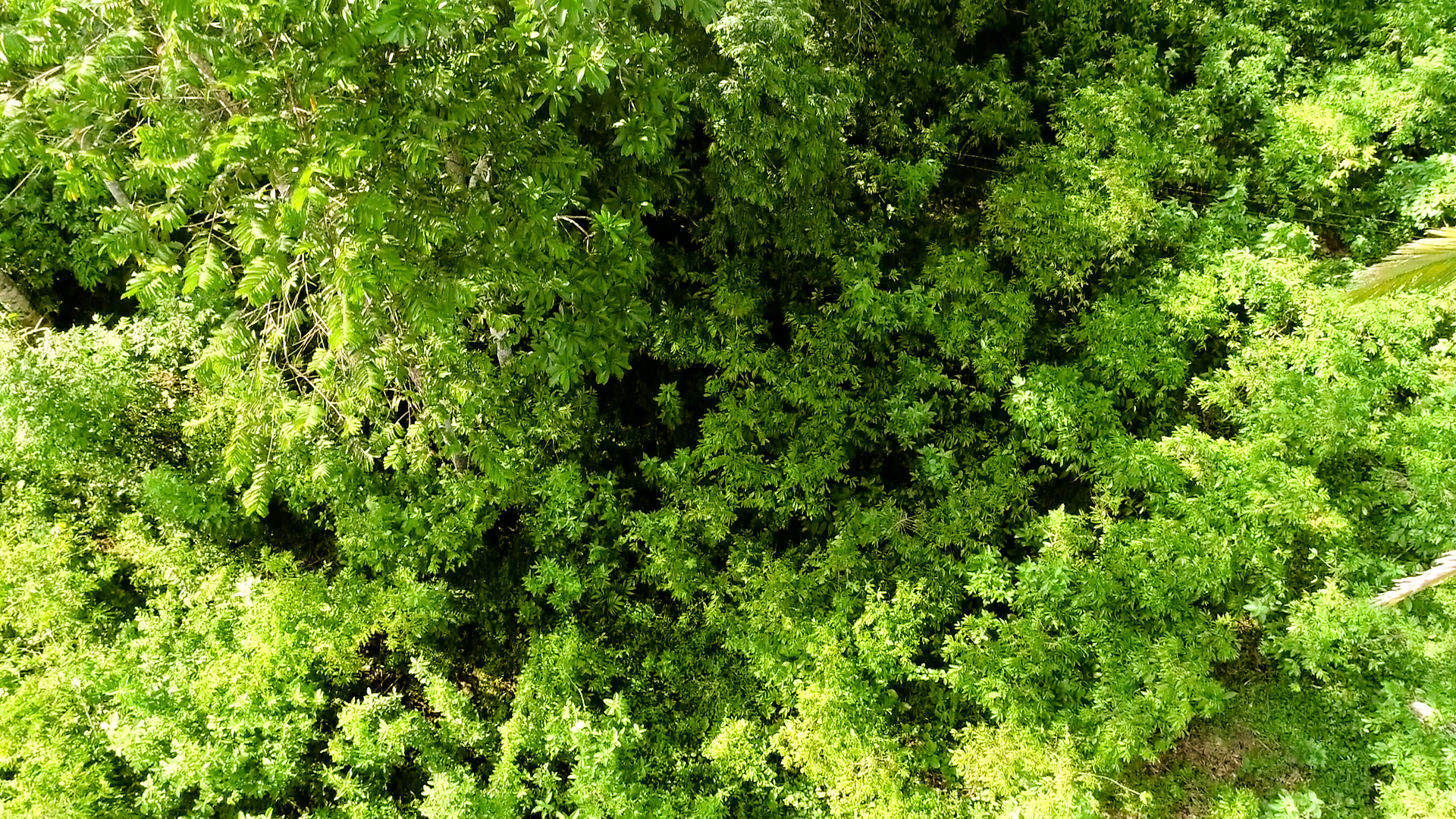
In 2019, Brazil counted 316 PES initiatives, according to a survey by Jodas based on data from NGO Forest Trends.
Did you know?
Brazil has promised to restore 12 million hectares of degraded forests by 2030 and end illegal deforestation in the Amazon by the same year.
There are even projects that relate to Brazil’s main export, soy, which was the second largest contributing commodity to deforestation in South America between 2001 and 2019, after cattle ranching.
PSA Soja Brasil is a pilot project developed in southern Maranhão by the Tropical Forest Alliance (TFA), which aims to financially reward soy producers who reduce their crop’s substantial carbon and water footprints and conserve the region’s biodiversity.
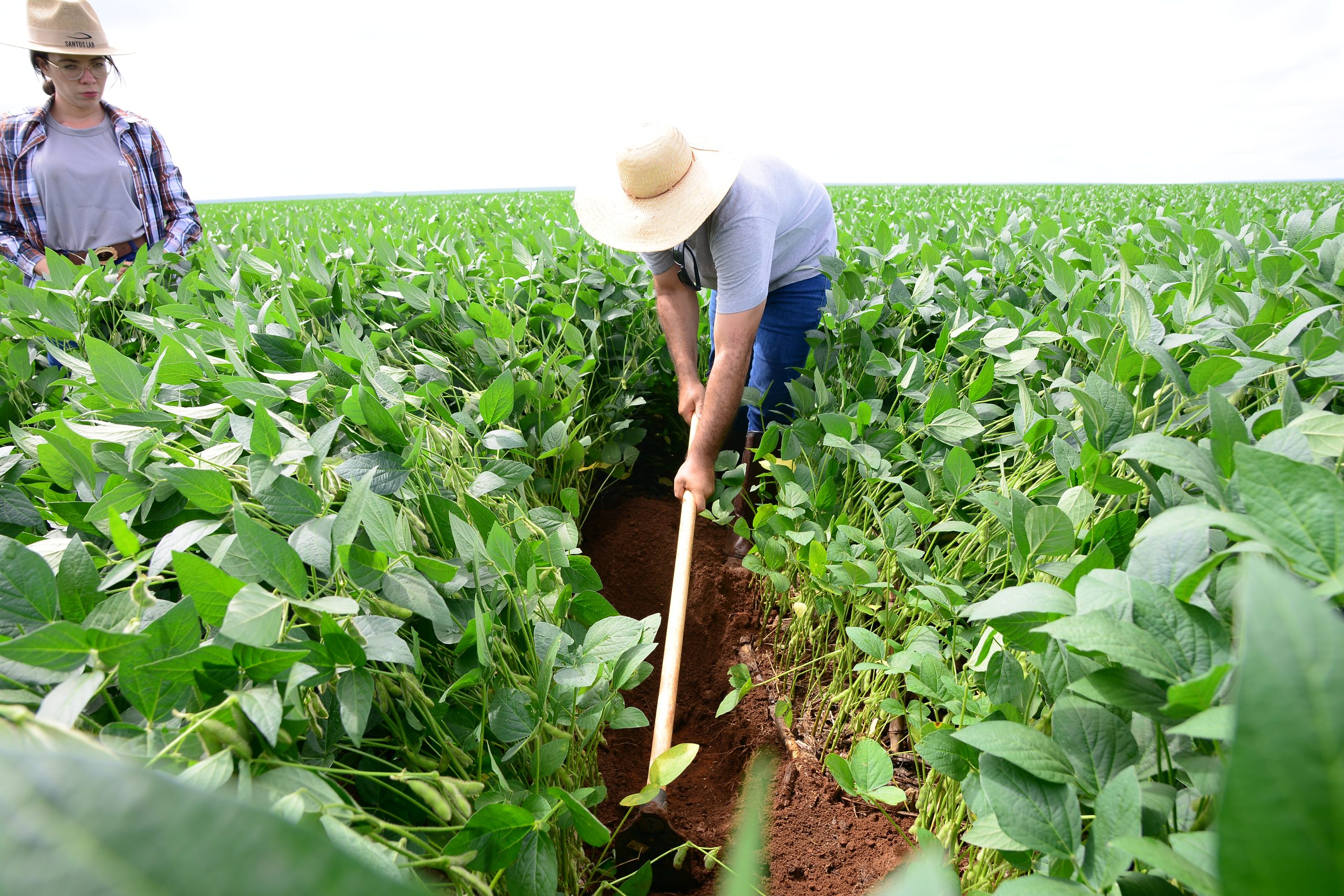
Over 50 medium and large farms with a combined 450 thousand hectares of land are part of the initiative. It works by encouraging producers to invest in soil improvement, with the environmental gains then quantified in price terms. The producer then receives an annual cash payment proportional to their results.
We now have to scale up, understand and replicate these successful initiatives
At the same time as reducing the producer’s carbon footprint, better soil treatment increases a plantation’s productivity, explains Fabíola Zerbini, director of TFA Latin America. “Depending on the amount of non-deforested surplus area that the producer has, and on his productivity, he will receive more. It is a policy to stimulate better environmental and production practices. In the end, the great hypothesis we want to prove is that one thing is linked to another.”
Ricardo Viani, from UFSCar, points out that today most of Brazil’s cultivated land area is dedicated to large-scale plantations, including for soy: “If we want to think of providing ecosystem services in rural areas, we have to include these chains as well. PES projects can bring environmental gains regardless of the sector in question, as long as they are well thought out and planned.”
Does PES help preserve the forest?
Until recently, confusion reigned over what payments for environmental services actually were, including among those responsible for implementing them. The regulatory framework has provided much needed clarity by offering definitions.
“PES does not necessarily benefit producers who conserve the forest. It can also be a payment for the community that lives in a conservation area and does not produce in the area, but rather protects it,” says Victoria Bastos, from Idesam.
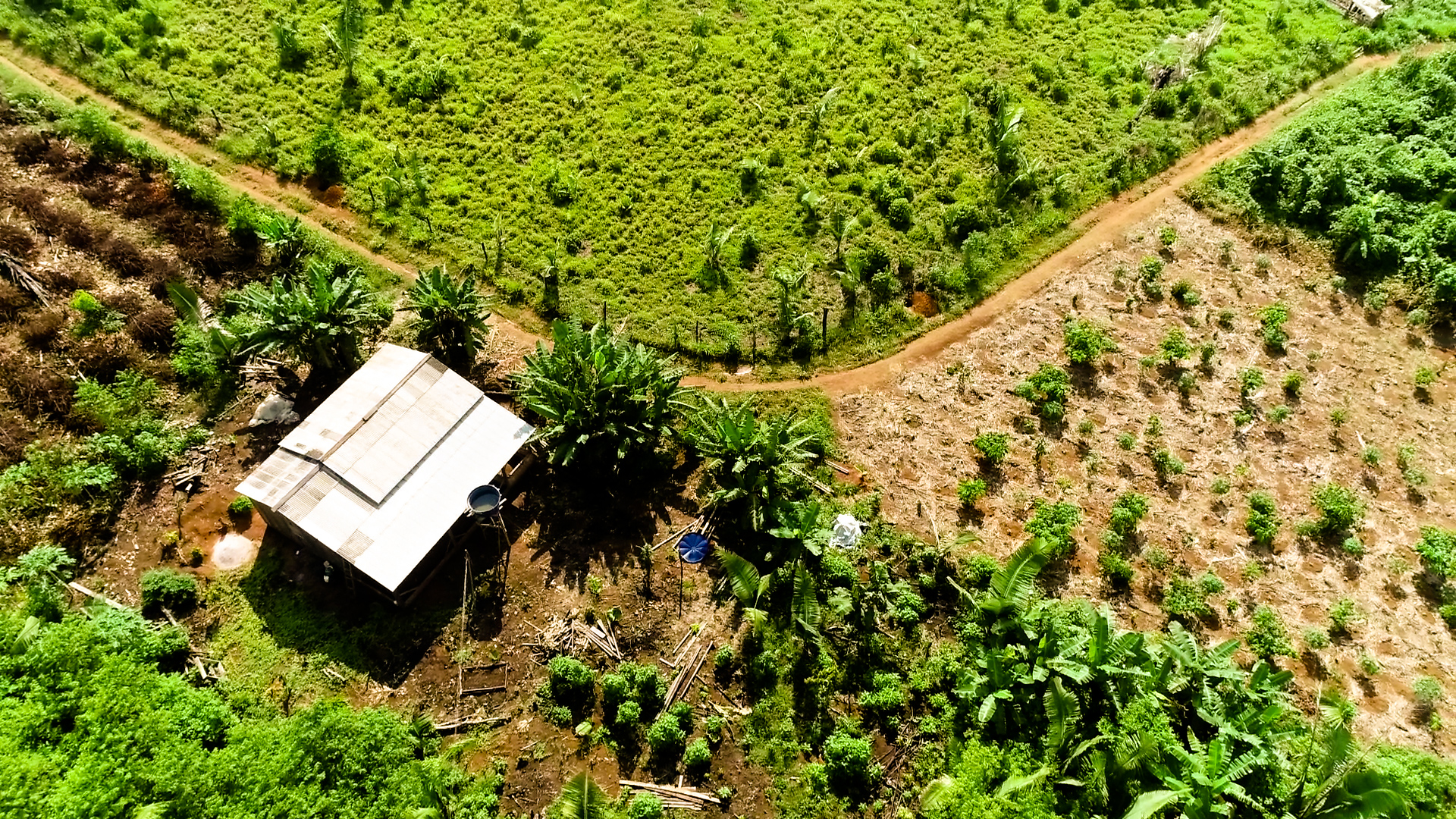
PESs are now considered to be direct payments to producers who do not deforest their properties; social improvements to communities; payments for greenhouse gas emission reduction certificates; and green bonds, among others.
Importantly, the new law creates a national PES registry, which will contain and make publicly available the contracts and progress of all initiatives nationwide.
“The register is very relevant, as it will provide transparency, publicity and access to information about this instrument,” says Jodas. “We have a great lack of data on this type of project here in Brazil.”
China will be a great promoter of the alignment of the environmental agenda from the perspective of non-deforestation and water footprint reduction
However, some aspects of the new legislation need improvement. Jodas says that one of the great bottlenecks of PES projects is their financial sustainability. Many projects that had boosted forest and water preservation efforts were terminated due to lack of funds.
“It has failed to create a national fund for payments for environmental services,” Jodas says.
PES is a good strategy to preserve forests, but it cannot be thought of in isolation, according to UFSCar’s Viani. “It is an economic instrument that is generally complementary to others that already exist, such as laws and legal requirements for conservation and restoration. Both should go together,” he says.
One controversial point is that the new regulatory framework allows payment for the preservation of areas that are already protected by law, and where deforestation is illegal. “In the scope of law, there has always been a question about whether we could pay for the fulfilment of a legal duty, [something] that is already obligatory”, says Jodas.
With the largest area of tropical forests and the greatest biodiversity in the world, Brazil can serve as a laboratory for other nations. “There are projects that have already shown the viability of PES in the country and their learnings have echoed worldwide. We now have to scale up, understand and replicate these successful initiatives,” Viani says.
Zerbini, from TFA, adds that COP15 in Kunming, is an opportunity for China to present its progress on PES. As host, it has great potential to advance the PES agenda on the world stage: “I think that China will be a great promoter of the alignment of the environmental agenda from the perspective of non-deforestation and water footprint reduction.”
